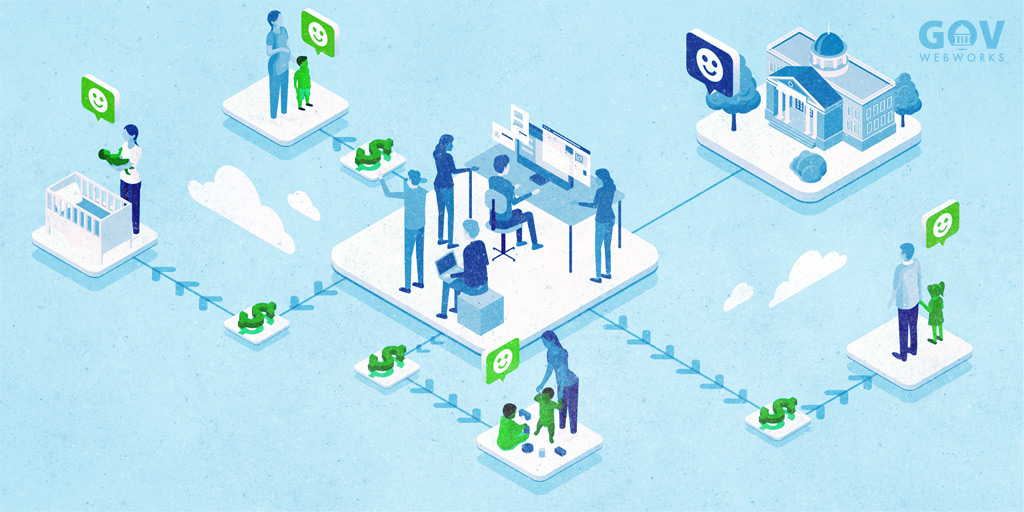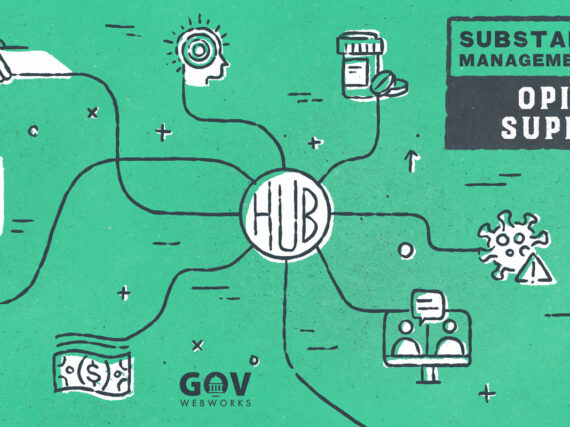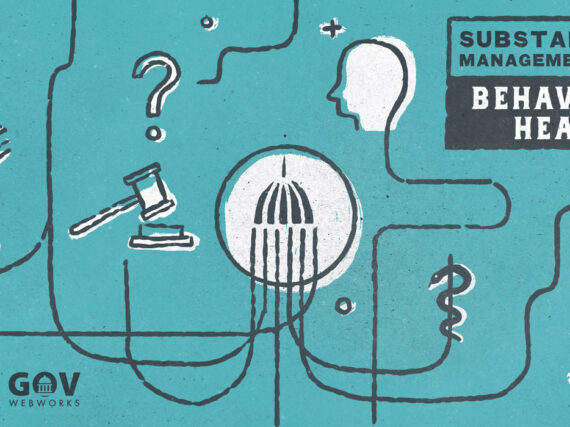Millennials are blamed for ruining a lot of things these days, but one thing they’ve had a positive effect on is marriage, as they get married later and stay married longer. This has helped divorce rates to decline from their all-time high in the early ’80’s, but nevertheless there will be 14 divorces in the U.S. in the time it takes to read this article (4 minutes).
Furthermore, divorce rates are not felt evenly across the socio-economic spectrum, with women earning less than $25,000 being 42% more likely to get divorced than women earning more than $50,000. Beyond the emotional stress caused by divorce, the financial pressure only compounds the anxiety, particularly when the care of children needs to be considered.
Enter the Child Support Enforcement (CSE) system. Established in 1975 under Title IV of the Social Security Act, it partners with state, tribal, and local child support agencies to encourage parental responsibility. The program has four key functions:
- Establishing paternity
- Establishing child support orders
- Enforcing these orders
- Collecting and distributing child support obligations
How it works
When no private agreement for child support can be reached (or where a private agreement fails to be upheld), the local office of Child Support Enforcement plays an important role in re-establishing and enforcing a non-custodial parent’s responsibilities.
Although it has the power to impose punitive measures (e.g. wage garnishment, suspending driver’s licenses etc.) on delinquent parents, the CSE program is actually working to establish stable, dependable relationships between parents and their children. At the same time, this lessens the burden on other state and federal benefits programs.
Often the CSE agencies will work with non-custodial parents to avoid them falling hopelessly behind in payments by modifying support orders and assisting them in finding and retaining work. Ultimately, the agencies want to develop good habits and a “culture of compliance” so that parents willingly and consistently support their children. Although they may no longer be married, parents who act as dependable role models to their children have a significant impact on their children’s own views of marriage and parenthood.
At the same time as supporting these behavioral changes, the CSE program has a huge impact on child poverty. According to the National Child Support Enforcement Association, child support payments represent 39% of income for low income, single-parent households, and reduces their poverty rate by nearly 25%. To put it in perspective, this can be as much as $535 a month for a family of two living at the Federal Poverty Level of $16,460 a year.
Without these payments, many single-parents would be forced to rely on other benefits programs like SNAP and TANF. The Urban Institute has estimated that $4 in child support expenditures reduces spending in public programs by $5. With the program impacting more children than any other federal program except Medicaid, it’s clear that CSE is a vital part of an effective social safety net.
Management of the program is also highly efficient, with 93% of all funds collected being distributed directly to families, and the Office of Management and Budget estimating that every $1 spent on enforcement returns $5.26 in child support payments.
Why it needs updating
It’s likely that the efficiency of the CSE program explains why many agencies have left their systems on autopilot for years. The impact of this is now coming home to roost, to the point where the Office of Child Support Enforcement, in their 2015-2019 Strategic Plan, acknowledges “the sobering fact that most state [CSE] computer systems are obsolete, and a few are at risk of failure.”
As with a lot of aging software, this means that the likelihood of data loss increases, and the timeliness and accuracy of case information can be compromised. This is all before considering the training burden presented by these old systems, and the institutional knowledge bound up in an agency’s workforce. At best these aging systems mean duplication and rework and an over-dependence on too few experienced workers. At worst they mean delayed or missed support payments for those most in need. And, as mentioned above, for many single parents, when child support is not forthcoming, they are forced to turn to other welfare programs for support.
Idaho’s example
Idaho Department of Health and Welfare (IDHW) is one of the agencies that has chosen to address their technical challenges, through an “in-flight” modernization of their CSE system. By employing a user-centered approach to their new system, they’ve greatly improved the processing of support cases while reducing the learning curve for new staff.
While you can read more about the project in our case study, the takeaway is clear. By addressing its backlog of cases and improving processing times, IDHW is further underscoring the value of the CSE program. Not only are they reducing the burden on other state programs by ensuring the efficient delivery of payments to parents in need, they are also establishing positive, attainable goals for non-custodial parents in supporting their children. Please contact us if you want to learn more about the Idaho project, or see a demo of their system.
Our next post, Working For Families, discusses strategies to improve payment levels by supporting employment for non-custodial parents.
Sources
- Millennials Are Causing the U.S. Divorce Rate to Plummet, They’re waiting until all is secure before tying the knot, Bloomberg, Ben Steverman, September 25, 2018
- 14 divorces in the U.S. every four minutes, “Provisional number of marriages and marriage rate: United States, 2000-2017,” Centers for Disease Control and Prevention
- The Coming Divorce Decline, Cohen, P. N. (2018, September 14)
- Women earning less than $25,000 are 42% more likely to get divorced, “Marital Events of Americans: 2009,” US Census Bureau
Author bio
Tom Lovering is the Director of Client Engagement at GovWebworks, and has worked for the parent company, Portland Webworks, since 2008.







